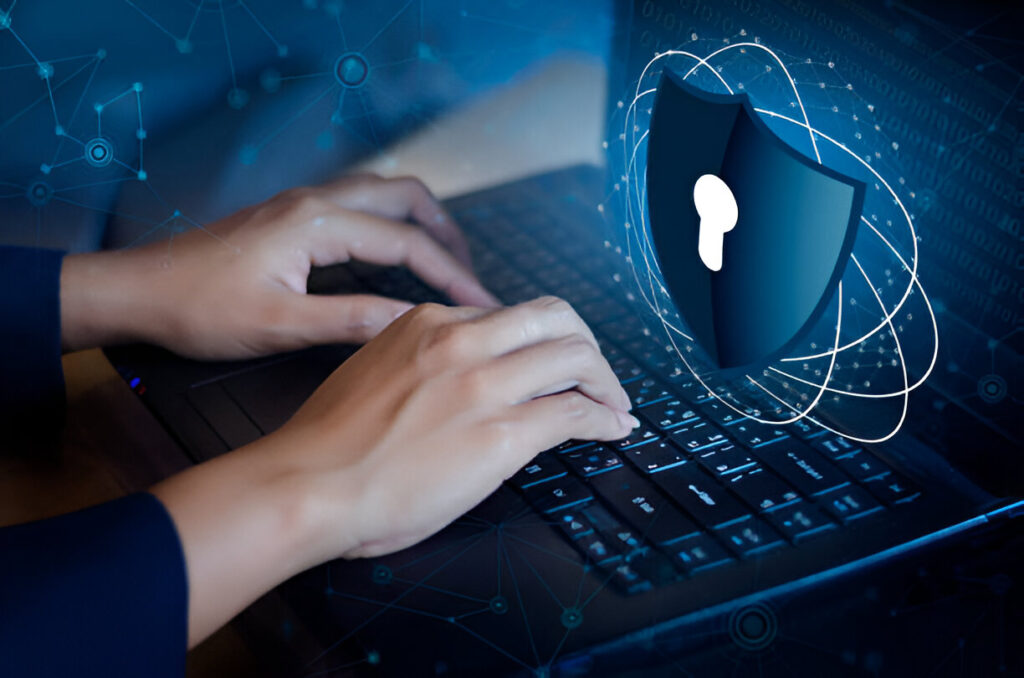Cybersecurity for MSP Internal Tools in 2025: A Critical Priority for Business Survival
Nishant
July 8, 2025

In today’s fast-paced MSP environment, juggling client support, technical operations, and customer service can leave internal cybersecurity on the back burner. However, in 2025, ignoring your internal systems could cost your entire business.
Cybercriminals are shifting their focus to software supply chains and internal MSP tools, making Remote Monitoring and Management (RMM), PSA platforms, and IT documentation systems key targets.
Why Internal MSP Tools Are High-Risk Entry Points
According to recent industry projections, supply chain attacks will cost businesses over $80 billion by 2026. Attackers know that by breaching an MSP’s internal software—such as PSA or RMM—they gain access to a direct channel into dozens or even hundreds of client systems.
Once inside, malware can spread at scale, impacting entire ecosystems of client infrastructure and leaving a trail of financial loss, legal liability, and reputational damage.
Key Internal Tools MSPs Must Secure
1. Professional Services Automation (PSA) Tools
Used to manage client relationships, support tickets, billing, and business workflows, PSA tools house critical customer and financial data. If compromised, attackers can:
- Access billing records
- Alter service contracts
- Disrupt communication channels
2. Remote Monitoring and Management (RMM) Tools
RMM platforms allow MSPs to update software, push patches, and monitor client environments remotely. A breach here gives cybercriminals full access to endpoint security, letting them disable defenses or deploy malware at scale.
3. IT Documentation Tools
These tools store network diagrams, access credentials, change logs, and SOPs. A successful intrusion could expose everything needed to impersonate, attack, or take over a client’s infrastructure.
Top Reasons to Secure Your Internal MSP Tools
1. Safeguard Sensitive Client Information
PSA, RMM, and documentation tools often contain unprotected access to client networks. A single breach exposes:
- Login credentials
- Personal data
- Intellectual property
- Internal notes and diagrams
2. Prevent Workflow Disruptions
Downtime from an internal breach can paralyze support services, delay ticket resolution, and damage your client SLAs.
3. Ensure Business Continuity
If attackers gain control of RMM tools, they can shut down operations, encrypt data, or disable systems across all managed environments. This kind of breach is business-ending if not properly mitigated.
4. Stay Compliant with Industry Regulations
Industries like healthcare and finance demand strict compliance with data protection laws. Breaches caused by poor internal tool security can trigger major penalties, audits, or lawsuits.
5. Prevent Unauthorized Access or Changes
Attackers can alter service contracts, adjust billing rates, or delete documentation if they access your PSA. Even a minor unauthorized change can create trust and financial issues with clients.
6. Maintain Data Integrity
When hackers gain access to RMM automation tools, they can push unauthorized updates or malware, compromising the performance and configuration of client systems.
How MSPs Can Protect Their Internal Tools from Cyber Attacks
In 2025, it’s not about “if” but “when.” Here’s how you stay ahead of the threat:
1. Secure Software Development & Patch Management
Always keep PSA, RMM, and IT documentation tools up to date. Patch vulnerabilities quickly to prevent zero-day exploits.
2. Implement Role-Based Access Control (RBAC)
Limit tool access based on user responsibilities. Combine this with IP whitelisting and MFA to lock down privileged operations.
3. Conduct Regular Security Audits
Quarterly security audits help identify and address vulnerabilities before attackers exploit them. Audit both internal software and connected services.
4. Real-Time Monitoring & Alerts
Deploy real-time network monitoring tools that track activity across your internal toolset. Unusual logins, data movement, or changes in configurations should trigger automated alerts and isolation protocols.
Take Proactive Steps to Strengthen Your MSP Cybersecurity
Internal systems are just as important as client-facing defenses. In fact, they may be even more critical—because they control access to everything else.
MSPs that don’t secure their internal software stack risk exposing clients, violating compliance standards, and losing everything they’ve built.
At AICYBER EXPERTS, we offer:
- 24/7 SOC monitoring of your internal tools
- Access control and identity management (IAM)
- Automated patch and update services
- Backup and DR solutions for PSA, RMM, and IT documentation environments
Have Any Question?
Contact us today for a free consultation and discover how we can help you secure, streamline, and empower your business for success!
Recent Posts
-
 How AI Is Changing Cybersecurity — For Better or Worse19 Jul 2025
How AI Is Changing Cybersecurity — For Better or Worse19 Jul 2025 -
 The 2025 Cybersecurity Blueprint for MSPs: From Strategy to Survival18 Jul 2025
The 2025 Cybersecurity Blueprint for MSPs: From Strategy to Survival18 Jul 2025 -
 Top MSP Cybersecurity Strategies for 2025 that you should know17 Jul 2025
Top MSP Cybersecurity Strategies for 2025 that you should know17 Jul 2025 -
 Threats, Challenges & Best Practices for MSP Cybersecurity in 202516 Jul 2025
Threats, Challenges & Best Practices for MSP Cybersecurity in 202516 Jul 2025
